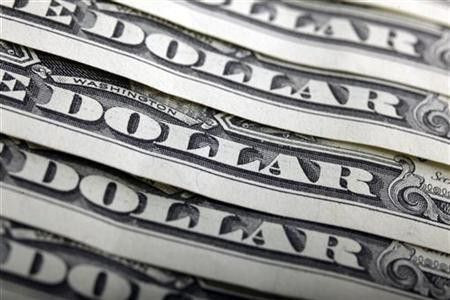U.S. Treasuries Rise in Asia

U.S. Treasuries rose in Asia Friday, supported by weakness in global equities and concerns about the U.S. economy's outlook, but profit-taking helped temper gains as the 30-year yield dipped near a 2- year low hit the previous day.
Some traders said Treasuries gained a boost from vague rumors that the Federal Reserve may hold an emergency meeting Friday, although others played down the impact on Treasuries.
Thirty-year Treasuries climbed more than a full point from late U.S. trading on Thursday and the yield curve flattened, with the 2-year/10-year yield spread touching its narrowest levels since March 2009 at one point.
After rising in the early part of the Asian session, Treasuries later trimmed some gains on profit-taking.
Buying from the get go, pretty much in the long end of the curve and that brought in selling all the way across the curve, said a trader for a U.S. brokerage house in Tokyo.
Not only do U.S. accounts but Asian accounts see some value in selling, or taking profits, he added.
The 30-year bond surged around 1-5/32 in price for a yield of around 3.364 percent, down around 6 basis points on the day.
The 30-year yield dipped to around 3.343 percent earlier on Friday, near Thursday's trough of 3.341 percent, which was the lowest since January 2009.
The benchmark 10-year note climbed 11/32 in price to yield 2.029 percent, down around 4 basis points from late U.S. trade on Thursday.
The 10-year yield had dipped as low as 1.97 percent on Thursday, the lowest in official Federal Reserve and Treasury record, though private records indicate that yields fell below 2 percent at times during World War II and the Great Depression.
The two-year/10-year yield spread narrowed to around 182 basis points at one point on Friday, touching its lowest level since March 2009.
Mounting worries that the U.S. economy may slip into recession have helped spur a narrowing of the yield curve this month, with the 2-year/10-year yield spread having shrunk by roughly 60 basis points since the end of July.
As long as policymakers can't really deliver solutions and as long as the outlook for growth is low, which is the foreseeable future, the curve is going to remain flat, said the trader for a U.S. brokerage house in Tokyo.
I wouldn't be surprised to see the curve flatter going into the month-end, he added.
(Reporting by Masayuki Kitano; Editing by Ramya Venugopal)
© Copyright Thomson Reuters 2024. All rights reserved.





















